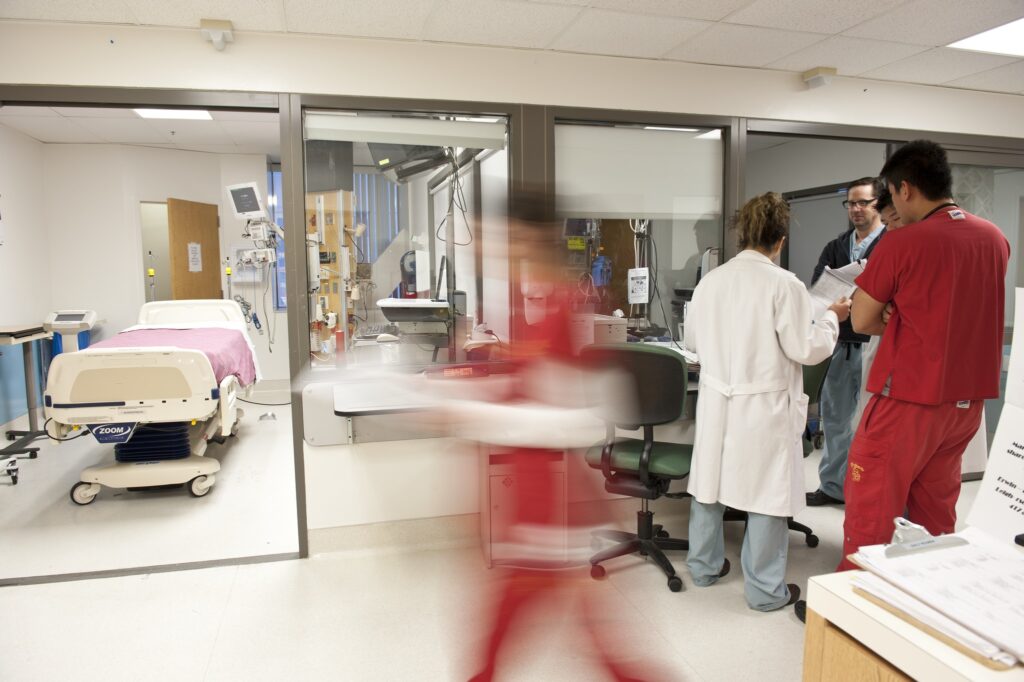Editor’s Note: This op-ed was originally published on The Hill on February 12, 2018.
An estimated 7,000 people died in the U.S. last year while awaiting an organ transplant. Among Americans with terminal liver disease, only one-third who needed transplants received them, and shortages are on the rise as the waiting list grows and the supply of organs remains flat.
Clearly, our volunteer-based system of supplying organs is falling short. About the only way to boost numbers significantly would be through financial incentives. In 1988, Iran began allowing its kidney donors to be paid through a government foundation, and the number of donated kidneys doubled within a year.
But that system has many flaws, not least the advent of a black market that exploits poor donors.
A better solution focuses on reducing demand. We propose a new approach that recognizes a simple fact: Many diseases can affect the same organ. For example, diabetes is just one malady that can lead to kidney failure, but its growing prevalence is starting to “crowd out” the supply of kidneys available for transplant in other diseases, such as hypertension.
Obesity, which can cause liver disease, works the same way. We should expect an increasing fraction of the allocated livers going to these patients, and fewer livers available for transplant in patients with other forms of end-stage liver disease.
Fortunately, the converse of the diabetes and obesity story is also true. Any treatment that reduces demand for organ transplants in one disease spares those organs for transplantation in other diseases.
Sign up for Schaeffer Center news
Our own research demonstrates how large these spillover benefits can be. Hepatitis C is the most common indication for a liver transplant in the United States.
In recent years, several companies have developed medications that can completely cure the disease in more than 90 percent of those infected, thereby sparing organs for transplantation into people with other common causes of liver disease.
Each year, more than 1,500 people die waiting for a donated liver. We developed an epidemiological-economic model that found that broad access to hepatitis C treatments would spare approximately 7,300 livers for transplantation from 2015 to 2035.
This example has important implications for transplant policy.
We should recognize that for any disease in which organ transplants are in short supply, better treatment of another disease may spare more organs for transplant. Put another way, if we do a better job forestalling the complications of diabetes, then patients with hypertension will also benefit.
This means that when the economic value of a treatment is assessed, which is a standard exercise for national health systems that are deciding whether to cover a new treatment. And, if so, how much to pay manufacturers for it — the spillover effects should be included.
In the case of hepatitis C, economic models have exclusively focused on the benefits and costs of treatment to patients with hepatitis C, as opposed to patients with other forms of liver disease who now benefit from the greater availability of liver transplants.
A failure to accurately quantify the economic value of medical treatments means potentially underinvesting in treatments that have large societal benefit and over-investing in treatments with low benefit.
If our goal is to keep people from dying on the waiting list, then we can either move to a system like Iran’s or just do a better job treating the diseases that put them there in the first place.
Anupam B. Jena is the Ruth L. Newhouse associate professor of health care policy at Harvard Medical School, an internist at Massachusetts General Hospital, and a faculty research fellow at the National Bureau of Economic Research. Dana P Goldman is the Leonard D. Schaeffer director’s chair and distinguished professor of public policy, pharmacy and economics at the University of Southern California. He is an elected member of the National Academy of Medicine. He is an equity owner in Precision Health Economics, a consultant to pharmaceutical companies.
